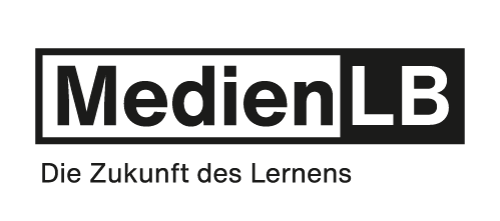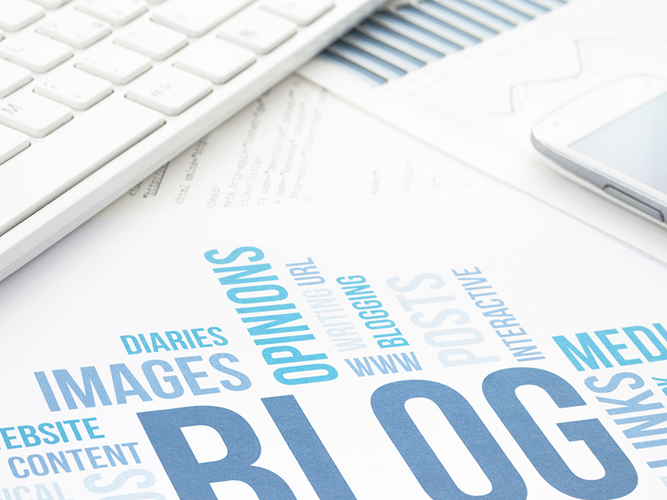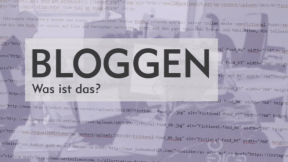 Primary School
Primary School
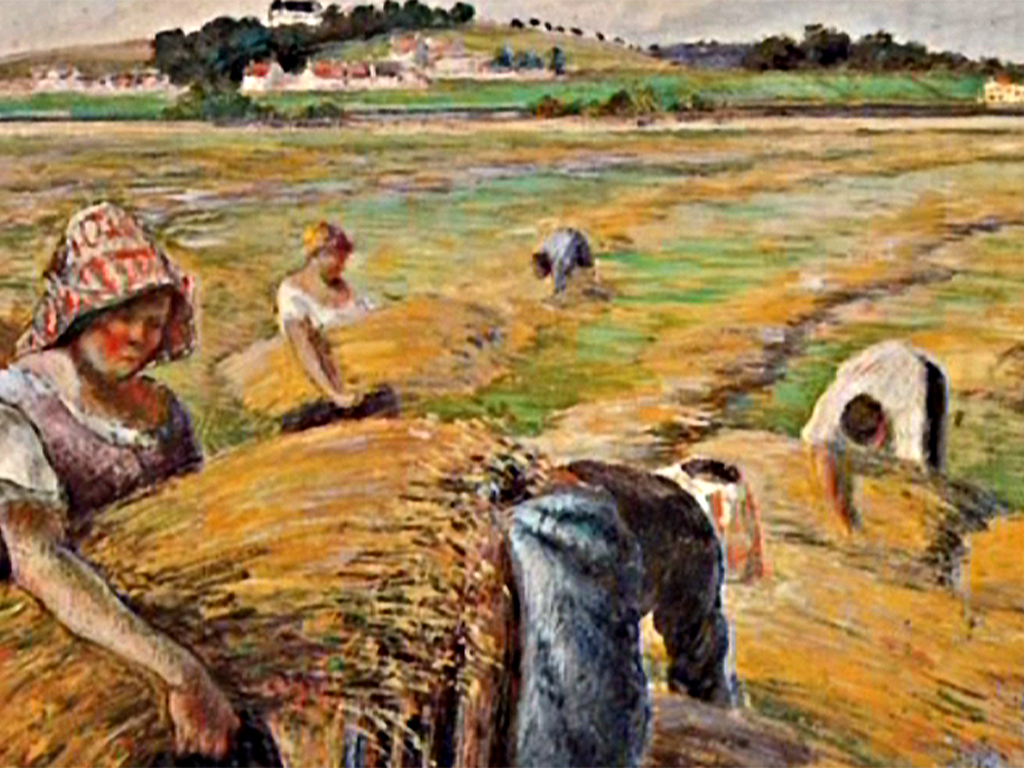

4658325 / 5551745
Grain
Where Does Our Bread Come from?
The DVD offers spectacular insights into rural forms of work of former times and of today and into the work of a baker, so that pupils can easily comprehend individual work steps, too. In addition, the children gather information on the characteristics and use of the most important types of grains: rye, wheat, barley, oats and maize. The content of the DVD is excellently suited, on the one hand, to show the children that flour is an essential ingredient of baked goods and, on the other hand, to seize upon the pupils' various experiences with the staple bread. The DVD breaks down the topic "Grain" into the following main areas: baking bread, from corn to flour, types of grain and history of grain. The DVD is divided into four didactic units that can be dealt with separately via its menu structure. Moreover, the menu offers additional pictorial and diagram material. With the varied worksheets, test tasks and colour foils, the learning content of the DVD can be consolidated and the topic "Grain" enlarged upon during lessons.
Play trailer
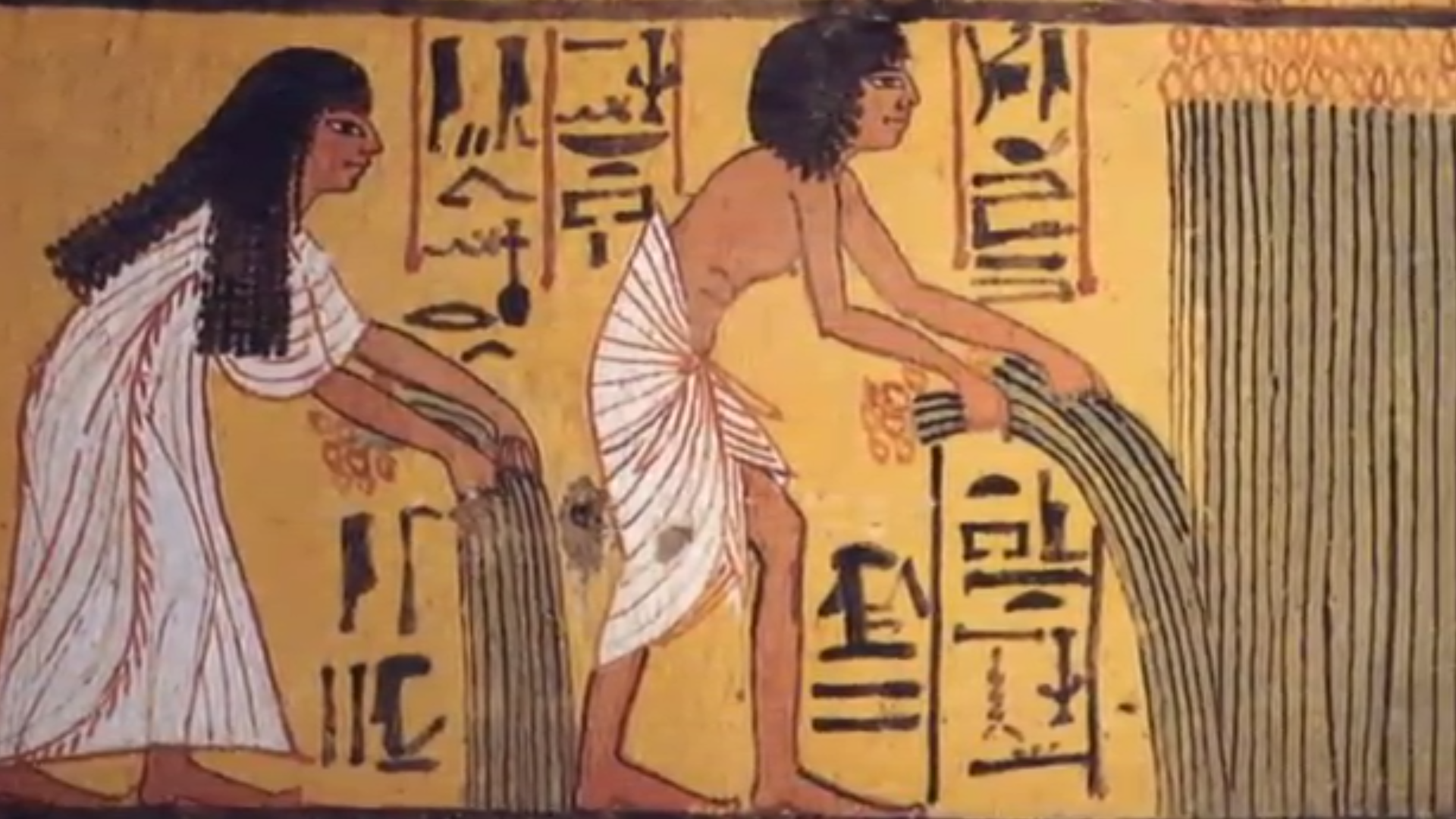
Curriculum-centred and oriented towards educational standards
Matching
Blogging
The weblog or blog, for short, as a medium is not much older than this century. Blogs came into being in the World Wide Web as ’messages from below’, as web pages from web creators who wanted to share their view of the world with the world. They are short notes, long texts, pictures, videos, which are posted loosely and at random intervals to the world for an undefined public.
Youth Movement
Dancing until your feet hurt: Here, at the meeting on the Hoher Meissner near Kassel, 3,500 participants from Boy Scout associations, youth and Wandervogel groups from all over the German-speaking region have gathered. They want to celebrate, simply get to know each other and commemorate a historic anniversary.
Computer Games
This film covers the topic of computer games in a variety of ways and from many different angles. Apart from the fascina- tion of computer games for users, the historical development as well as the production of computer games are described. The established genres are introduced, the guidelines of the German BPjM are explained. In light of recent public discussions, a neutral overview of the pros and cons of playing computer games is given, and different kinds of player behaviour are outlined. In this film, the pupils will recognise many aspects of their favourite pastime that encourage an independent, constructive use of this medium and reinforce their media competency. The film and teaching material are very closely related to the real-life situation.



